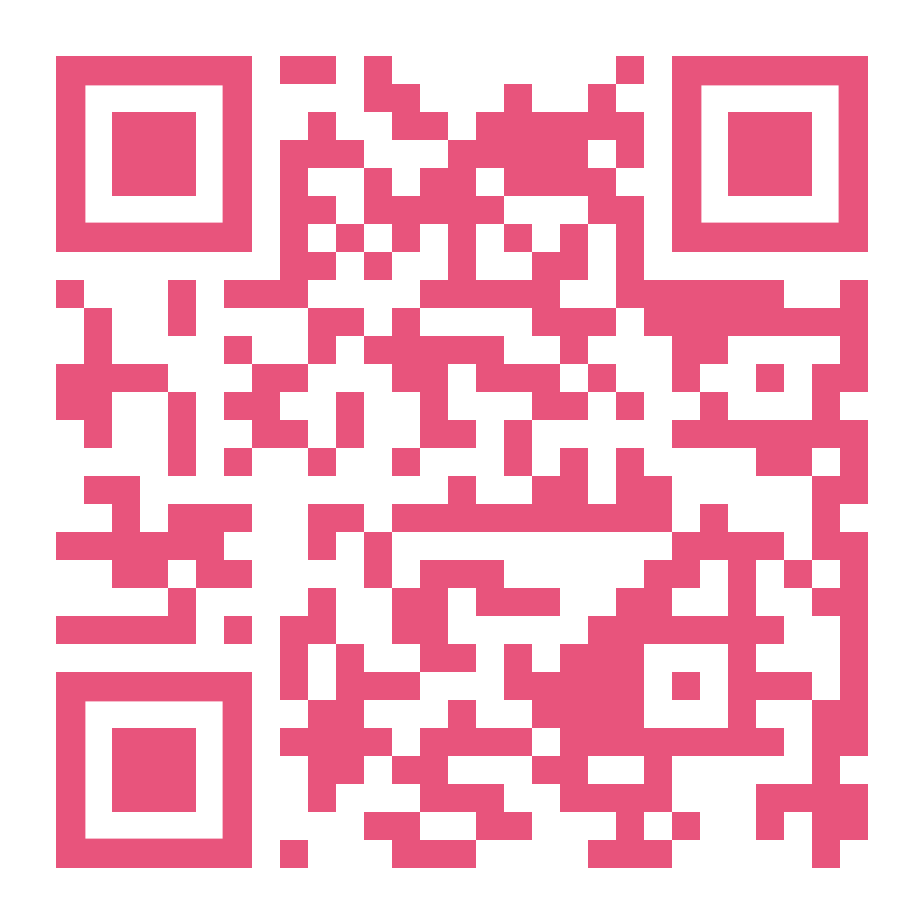Una breve reseña sobre las características de las exposiciones virtuales recientes
Resumen
La pandemia de Covid-19 y las medidas de restricción social que le siguieron han tenido un impacto decisivo en las actividades de los museos durante los últimos dos años. Investigaciones del Consejo Internacional de Museos (ICOM) indican que alrededor del 95% de los museos a nivel mundial fueron cerrados entre abril y mayo de 2020, cifra que cae al 27% en el mismo período de 2021. Ante este escenario, ha habido un aumento notable en las comunicaciones y actividades digitales de estas instituciones, ya sea mediante la puesta a disposición de colecciones y exposiciones en línea, la gestión de redes sociales, la realización de eventos en vivo y programas de enseñanza o la producción de boletines y podcasts. Si bien estas encuestas son esenciales, también es necesario complementarlas con investigaciones cualitativas sobre las formas en que se llevan a cabo estas actividades. Este artículo examinará cómo el sector de los museos está desarrollando un tipo específico de actividad digital, a saber, las exposiciones virtuales. Caracterizados principalmente por la tridimensionalidad y la inmersión del interactor, estos espacios expositivos virtuales llevan consigo tanto la complejidad que constituye la idea de museo virtual como las deficiencias estructurales que afectan a las instituciones culturales y, en particular, a sus sectores de Información y Tecnología de la comunicación (TIC). Así, se eligieron dos criterios para caracterizar estas exhibiciones, a saber, las tecnologías comúnmente utilizadas en su concepción y la relación que establecen o no establecen con un espacio tangible. Para ello, se han seleccionado y analizado casos recientes de espacios construidos mediante el uso de fotografía 360º y modelado 3D para resaltar los rasgos distintivos de estas tecnologías y cómo instancian diferentes relaciones entre elementos de lo digital y lo tangible. Este análisis toma en consideración elementos específicos de estas exposiciones, como sus interfaces y los modos de desplazamiento y visualización que permiten, la calidad de la reproducción de las obras de arte y la posibilidad de acceder a información y medios complementarios sobre las mismas, la multiplicidad de puntos de vista y su compatibilidad con ciertos dispositivos, entre otros. Finalmente, reflexionaremos sobre la forma en que estas exposiciones virtuales replican, amplían o descartan espacios físicos para su concepción. En lugar de la oposición habitual entre lo virtual y lo actual, estos espacios expresan la posibilidad de complementación entre elementos restringidos a lo tangible o lo digital, complementación que, no hace falta decirlo, no siempre se da. Así, las exposiciones virtuales son vectores importantes para reflexionar sobre las ventajas y dificultades que suponen las tecnologías digitales para el sector museístico.

Derechos de autor 2021 Felipe Bortoluzo Mamone, Letícia Brasil Freitas

Esta obra está bajo licencia internacional Creative Commons Reconocimiento 4.0.
